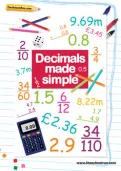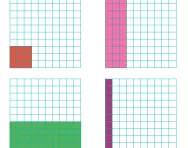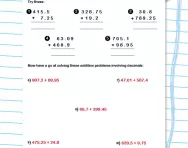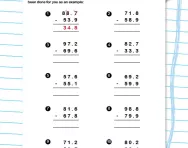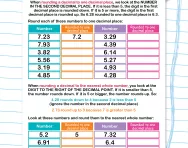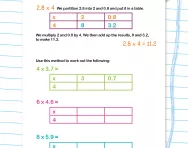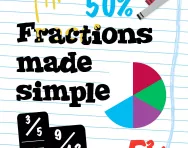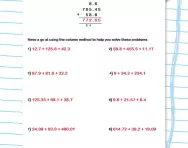Important update from TheSchoolRun
For the past 13 years, TheSchoolRun has been run by a small team of mums working from home, dedicated to providing quality educational resources to primary school parents. Unfortunately, rising supplier costs and falling revenue have made it impossible for us to continue operating, and we’ve had to make the difficult decision to close. The good news: We’ve arranged for another educational provider to take over many of our resources. These will be hosted on a new portal, where the content will be updated and expanded to support your child’s learning.
What this means for subscribers:
- Your subscription is still active, and for now, you can keep using the website as normal — just log in with your usual details to access all our articles and resources*.
- In a few months, all resources will move to the new portal. You’ll continue to have access there until your subscription ends. We’ll send you full details nearer the time.
- As a thank you for your support, we’ll also be sending you 16 primary school eBooks (worth £108.84) to download and keep.
A few changes to be aware of:
- The Learning Journey weekly email has ended, but your child’s plan will still be updated on your dashboard each Monday. Just log in to see the recommended worksheets.
- The 11+ weekly emails have now ended. We sent you all the remaining emails in the series at the end of March — please check your inbox (and spam folder) if you haven’t seen them. You can also follow the full programme here: 11+ Learning Journey.
If you have any questions, please contact us at [email protected]. Thank you for being part of our journey it’s been a privilege to support your family’s learning.
*If you need to reset your password, it will still work as usual. Please check your spam folder if the reset email doesn’t appear in your inbox.
Decimals made simple
“Mum, what’s 345.89 X 22.23?”
or what if they wanted your help with this homework question:
What is 5.6 metres plus 44 millimetres?
If you’re panicking just looking at these questions – don’t worry. Written specifically to help parents support their child’s learning at home, Decimals made simple contains everything you need to make sense of decimals for your Key Stage 2 child – all presented in a fun, engaging and effective way.
Working with decimals and numbers smaller than one is a vitally important maths skill, but it’s one that many children fail to master when they are at school and that still confuses many adults.
Because decimals are so abstract in nature, it’s hard to grasp the concept of what something like 0.2 actually means. But if your child is in primary school now, at some stage you’ll probably be asked to explain what the dot is for, or what point 12 means, and you’ll want to be confident about decimals yourself before you answer their questions.
But panic not! Even questions like this will seem like a doddle to your child after they’ve worked through some of the later worksheets in our decimals learning pack.
Decimals made simple contains 35 fun and colourful worksheets that will help you and your child grasp everything they need to know about decimals by the end of primary school. By taking them step-by-step through and giving real examples throughout, even a child who thinks they “don’t understand” will quickly be working with decimals with ease.
The way that decimals are taught at schools these days will probably have changed since you studied the topic, as has the vocabulary that is used in describing them.
For example, if you were describing the numbers after the decimal point in 5.267, the first number (the 2) is in the ‘tenth’ column and represents 2 tenths or 2/10, the second number (the 6) is in the hundredths column and represent 6 hundredths or 6/100 and the 7 is ‘7 thousandths’ or 7/1000.
Similarly, you can read a decimal in two ways: for example, the number 12.62 can be read as ‘twelve point sixty-two’ or ‘twelve and sixty-two hundredths’.
In Decimals Made Simple you’ll find all the information you need, explained in straight-forward language, as well as teachers’ tips for teaching decimals, so you’ll feel confident about the topic before you have to support your child’s learning.
And don’t worry, we’ve got plenty of practice sheets for them to work on the trickier stuff too as they progress!
Even if you feel your own maths might not be quite up to the task, we’ll give you all the help you need to:
- Ensure decimals make sense to you and your child.
- Make sure you’re using – and understand – the same methods and terminology that they use in school, such as ‘place value’ and ‘notation’.
- Help your child understand and happily complete their decimals homework.
- Master progressively more complex skills and concepts by working through the 35 worksheets.
- Bring in examples from everyday life to make using decimals relevant.
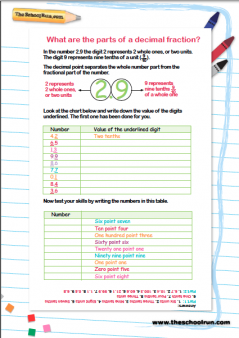 |  | 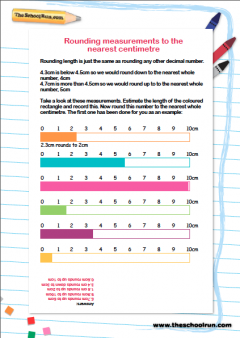 |
